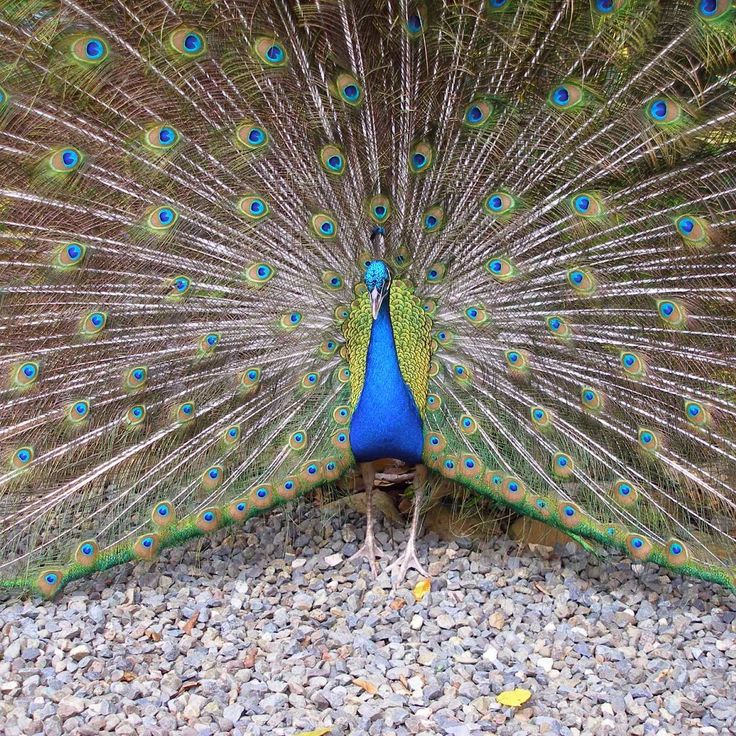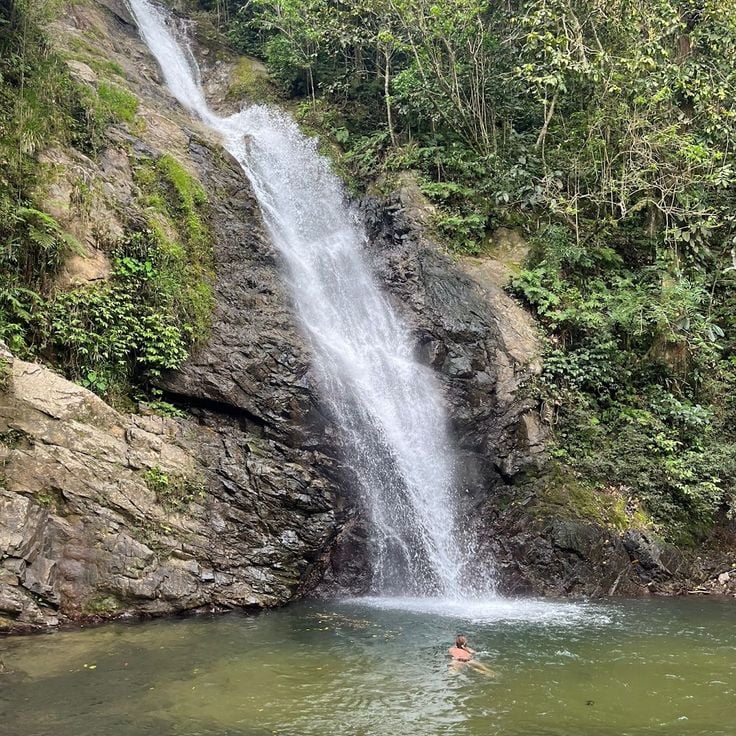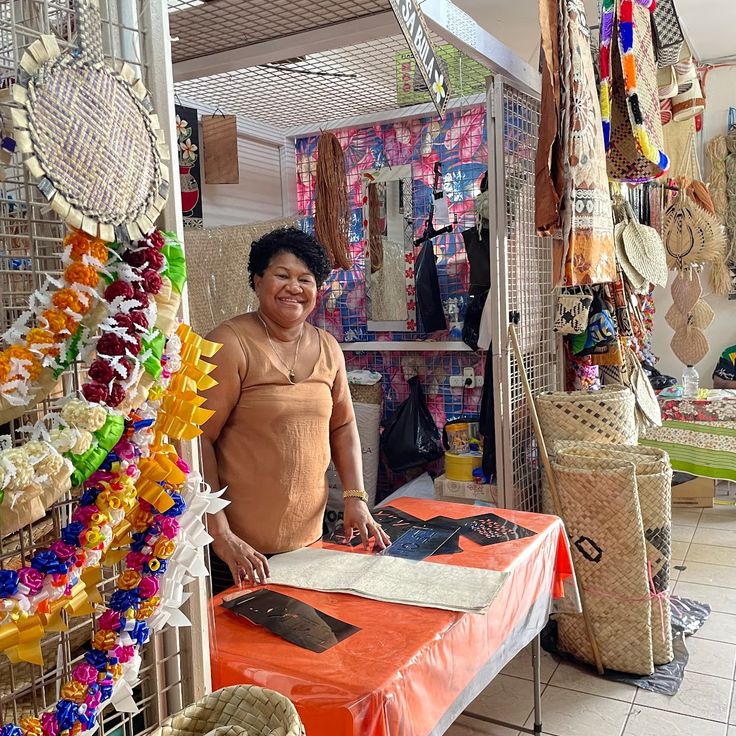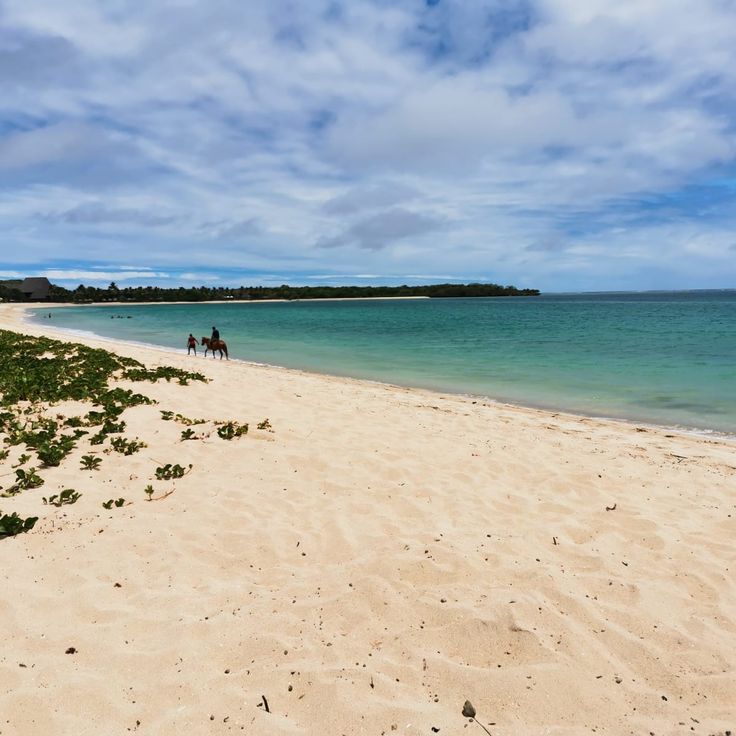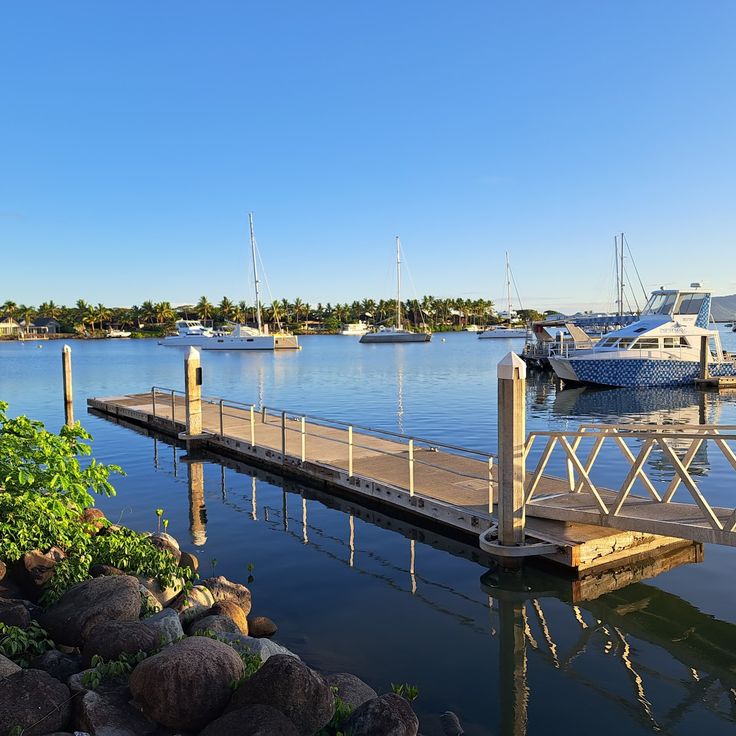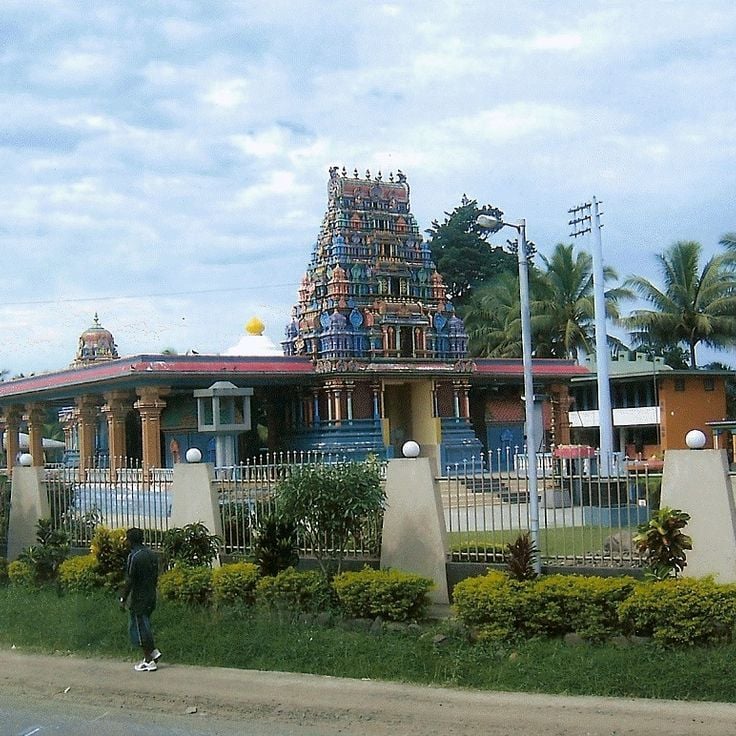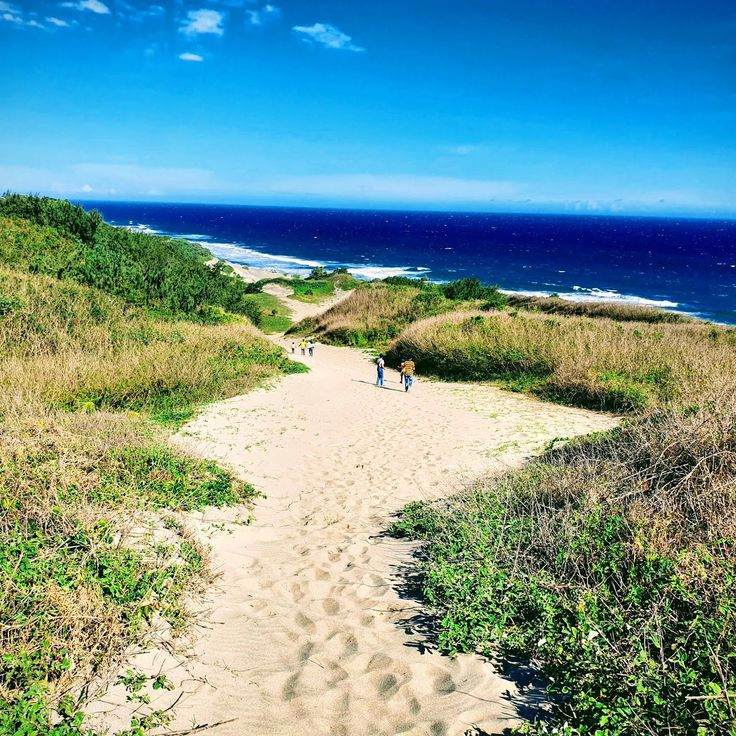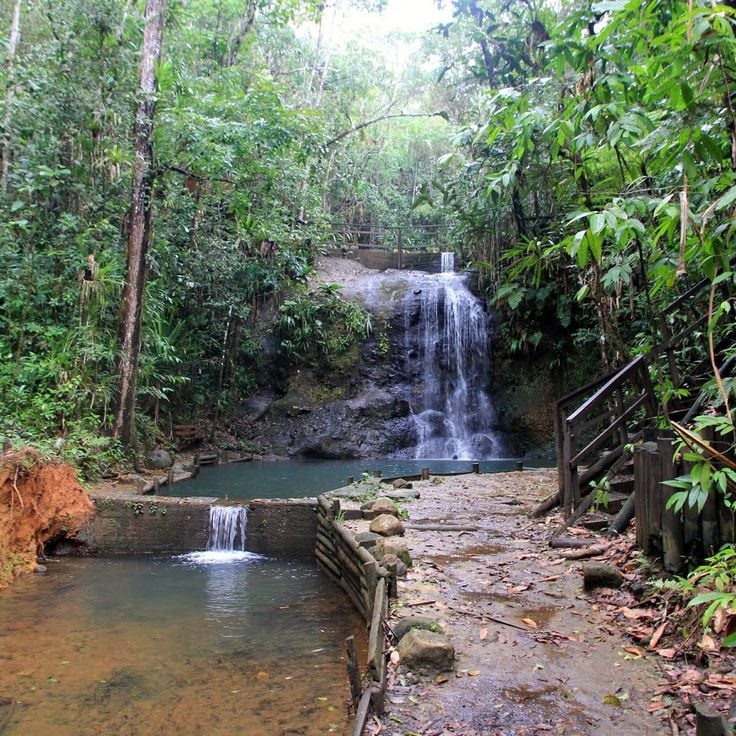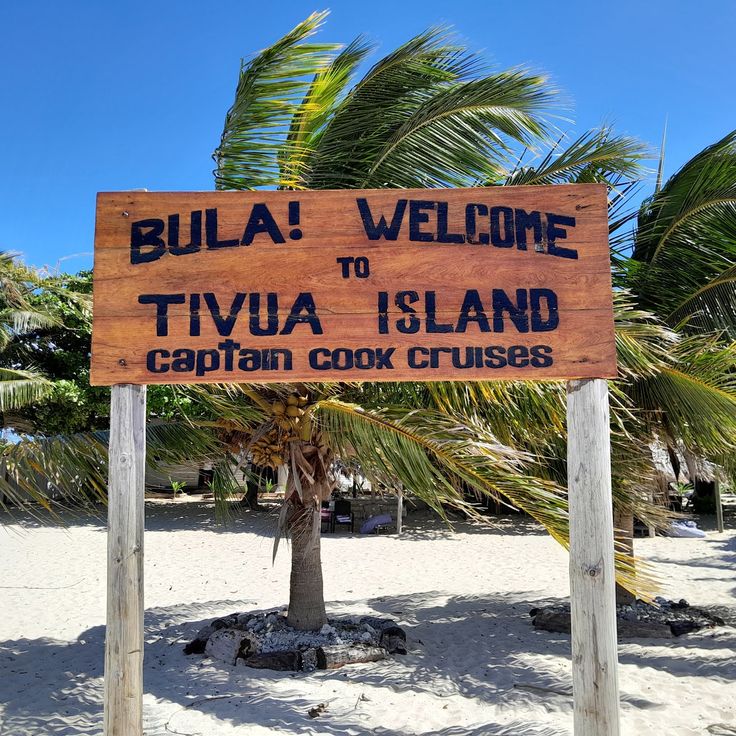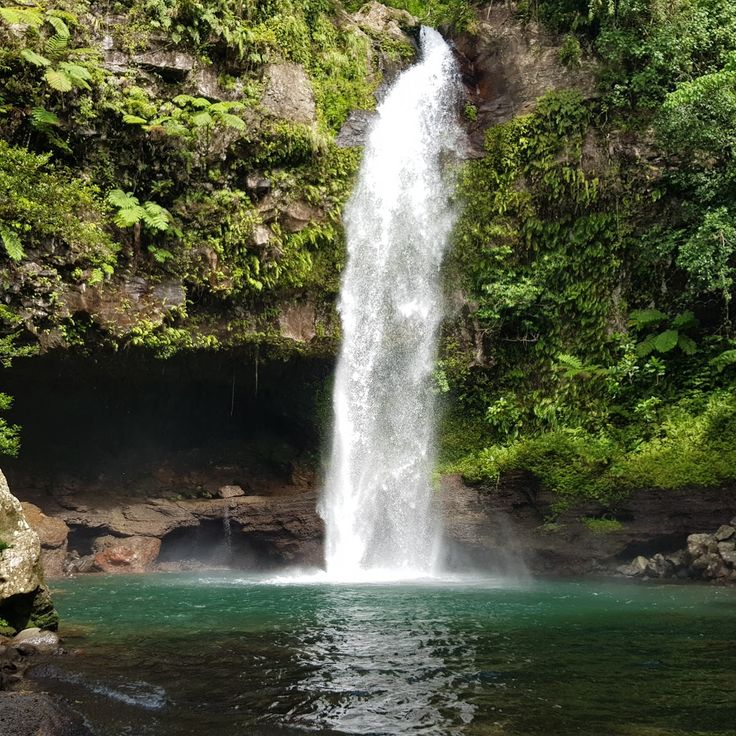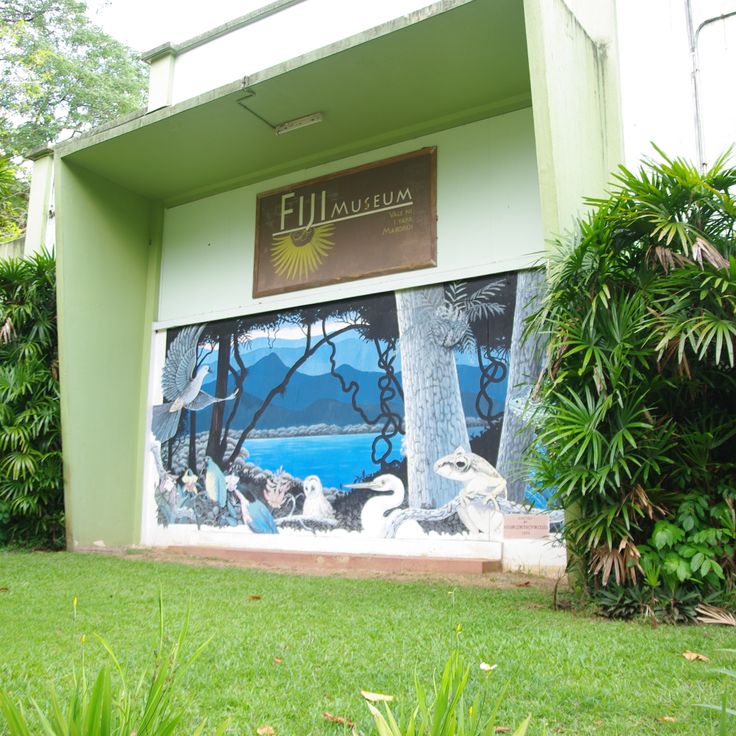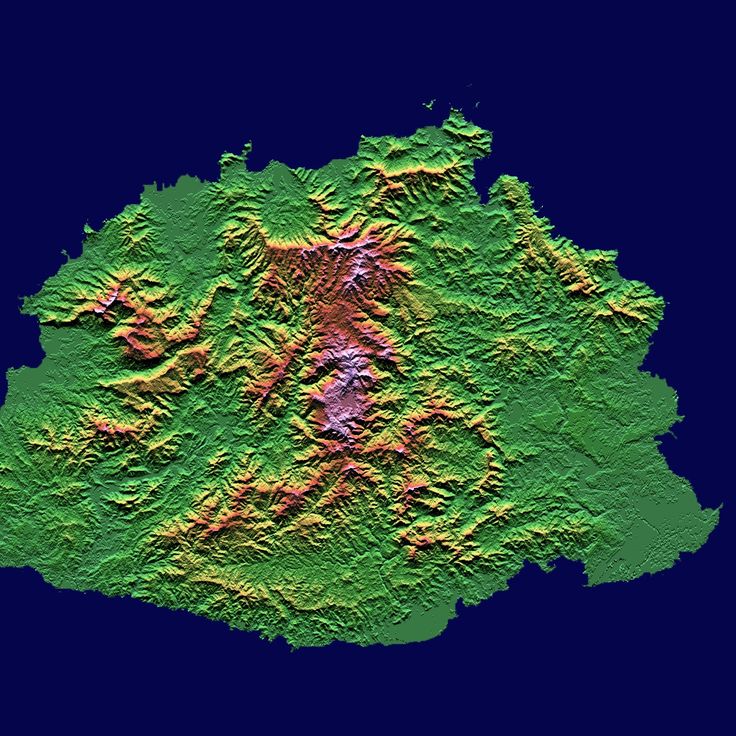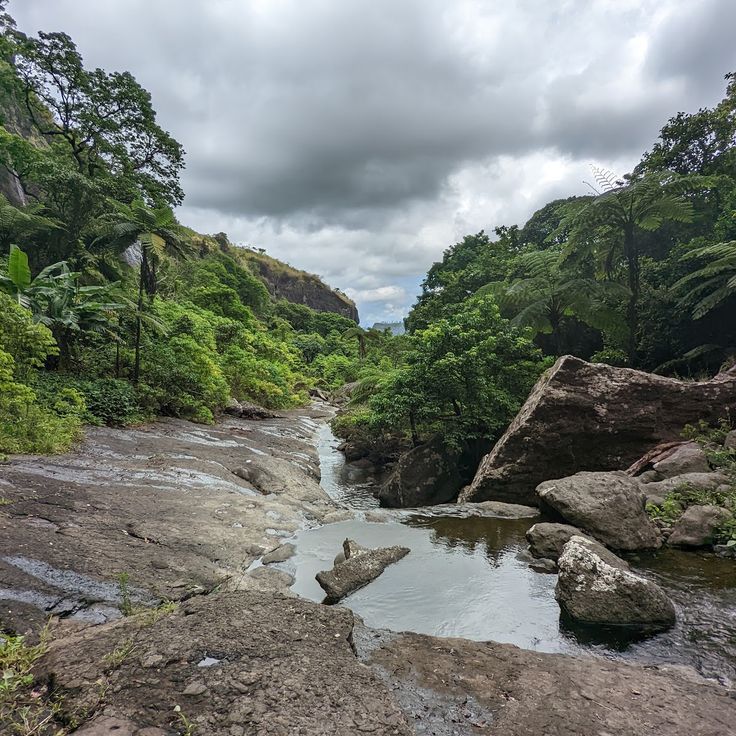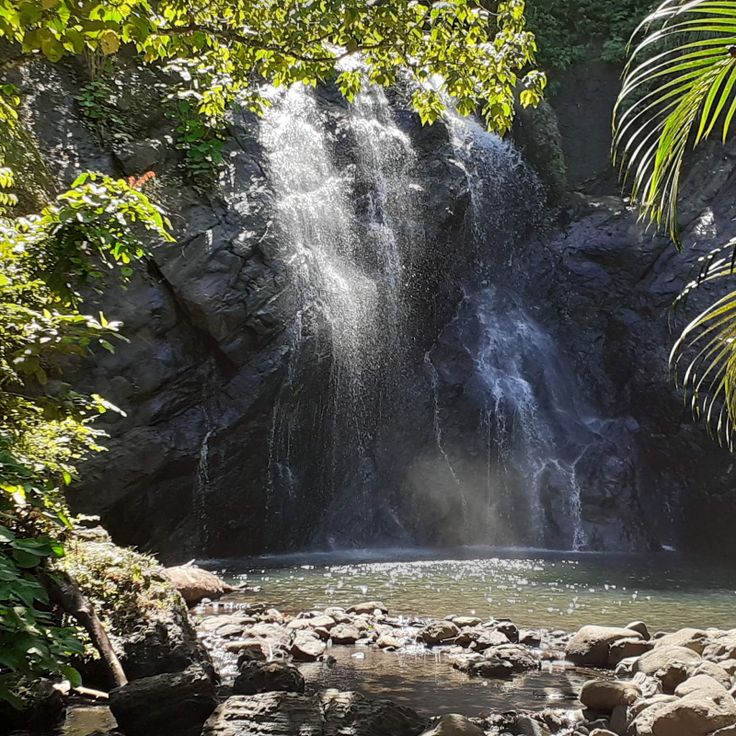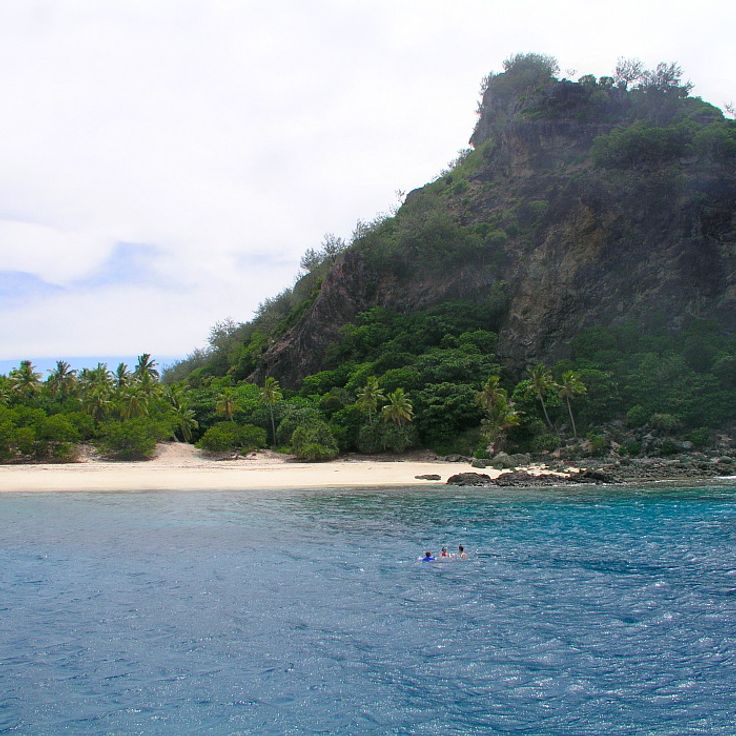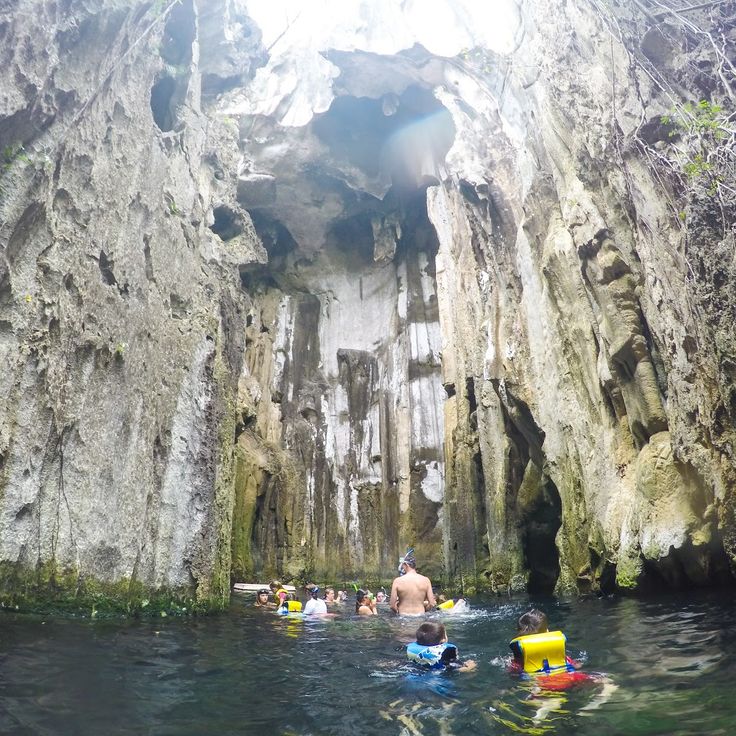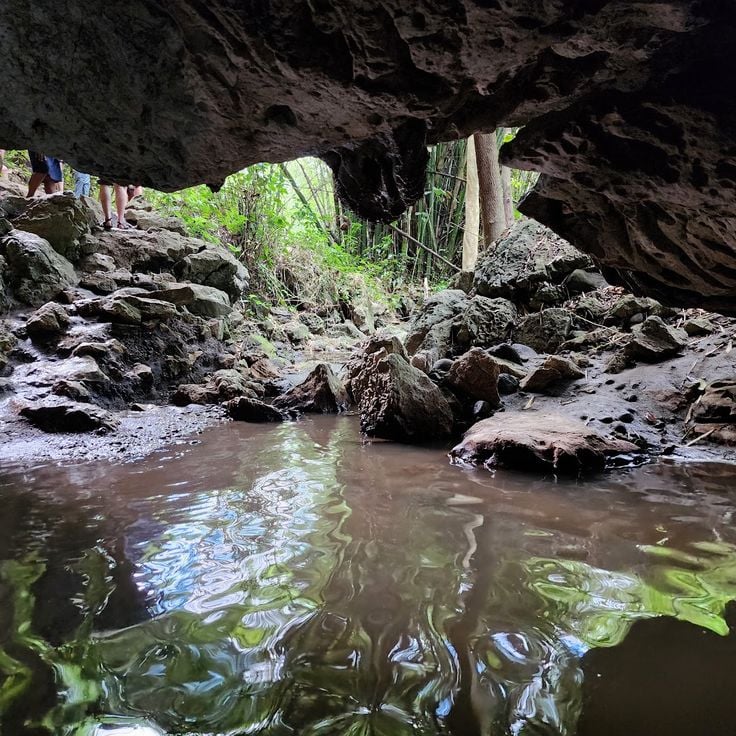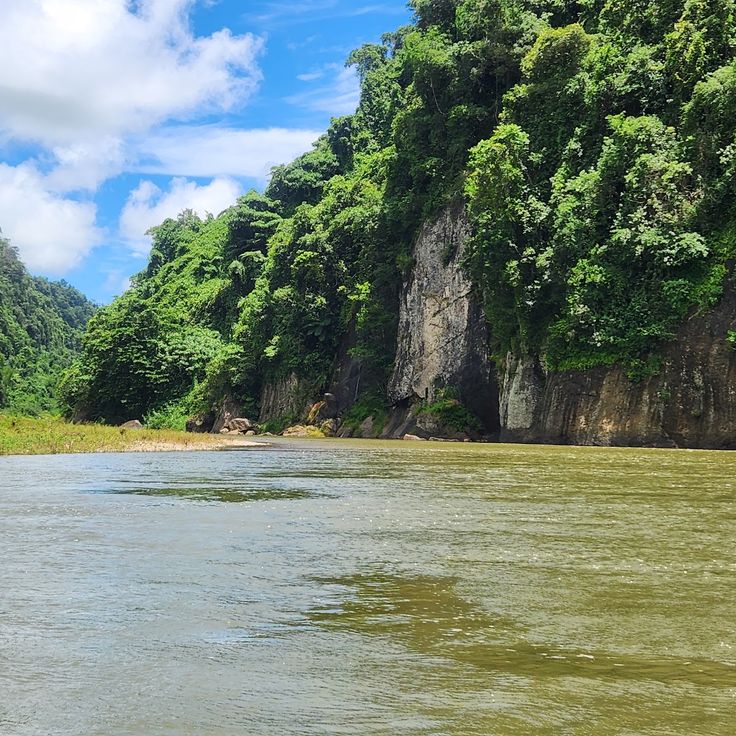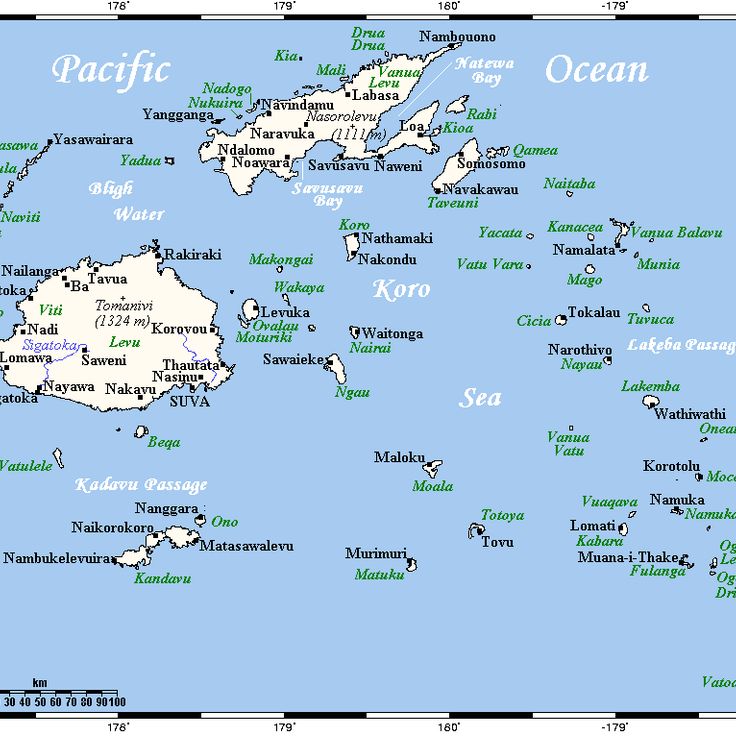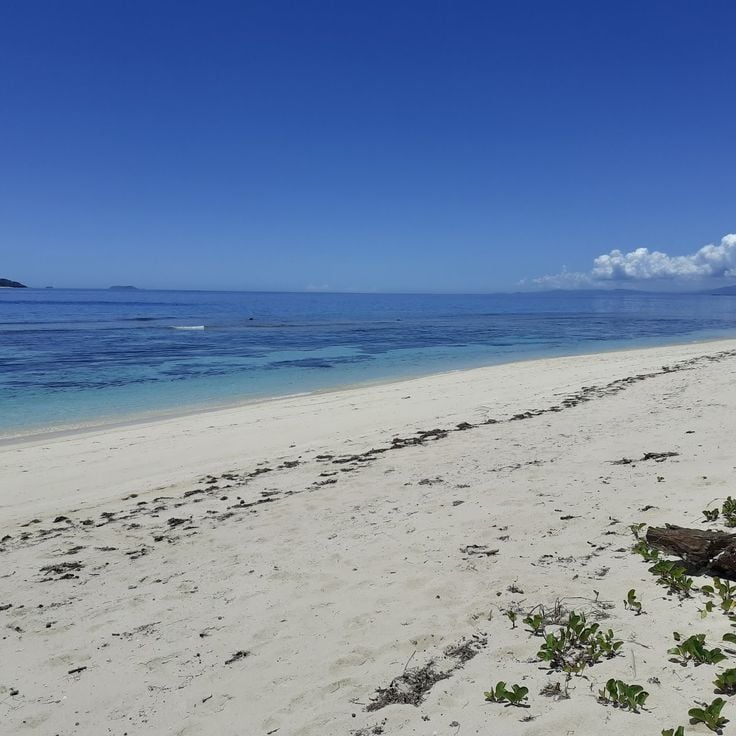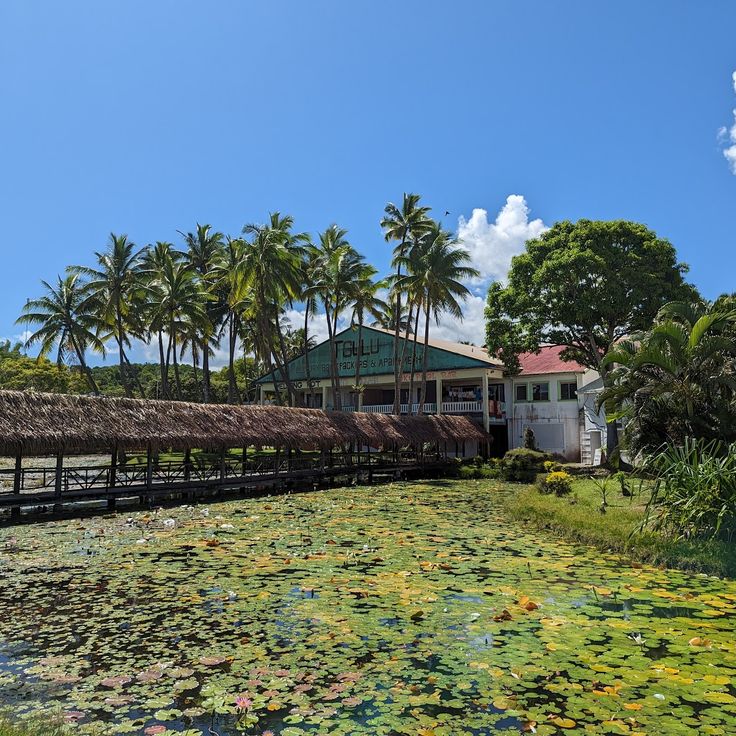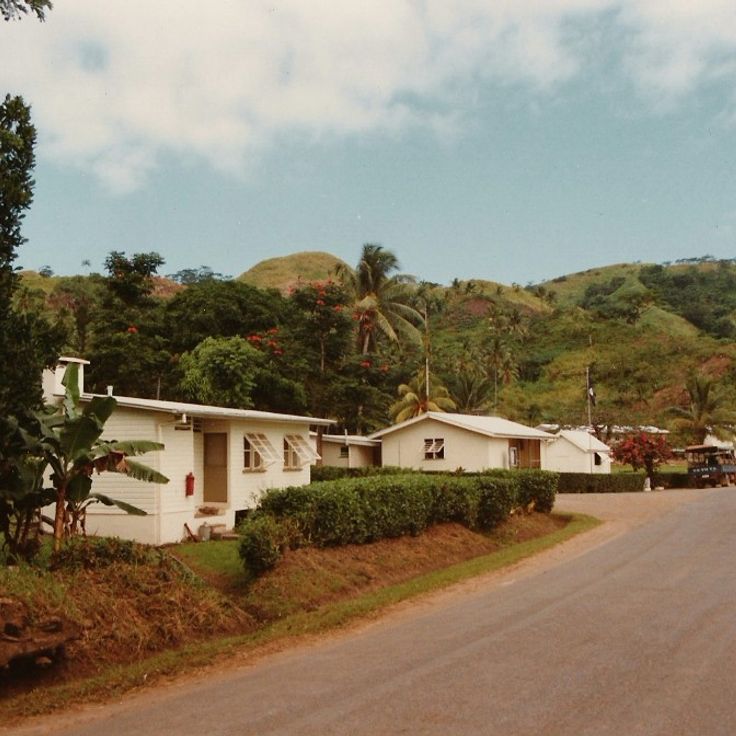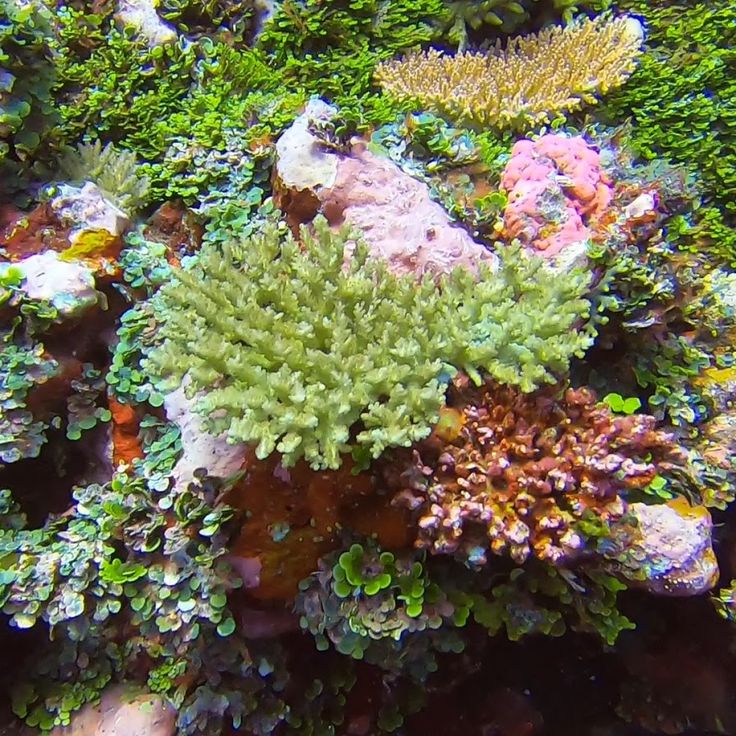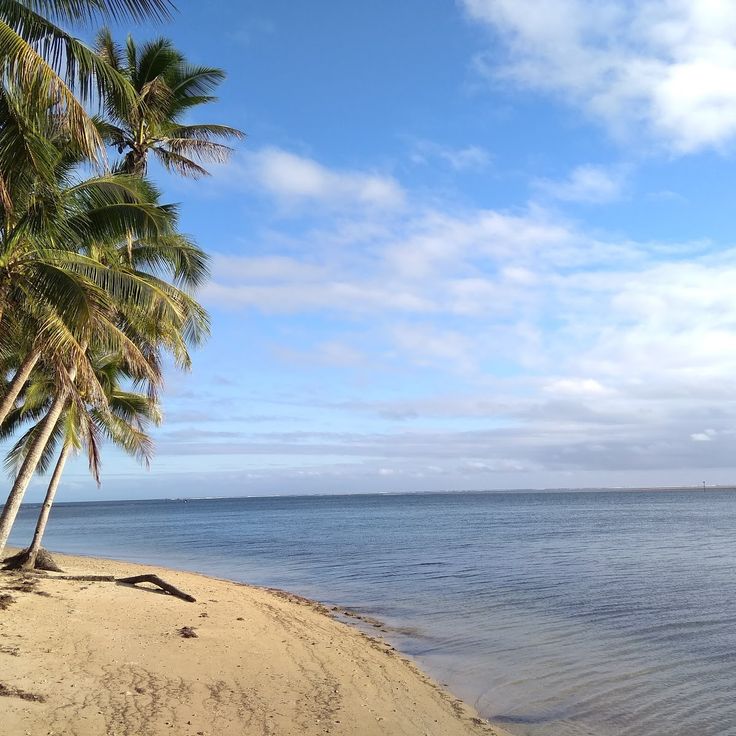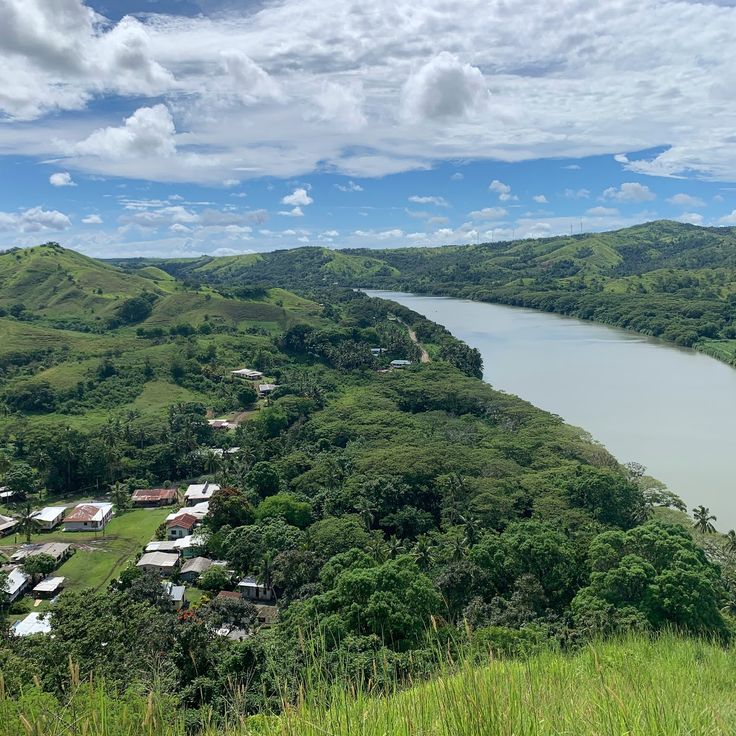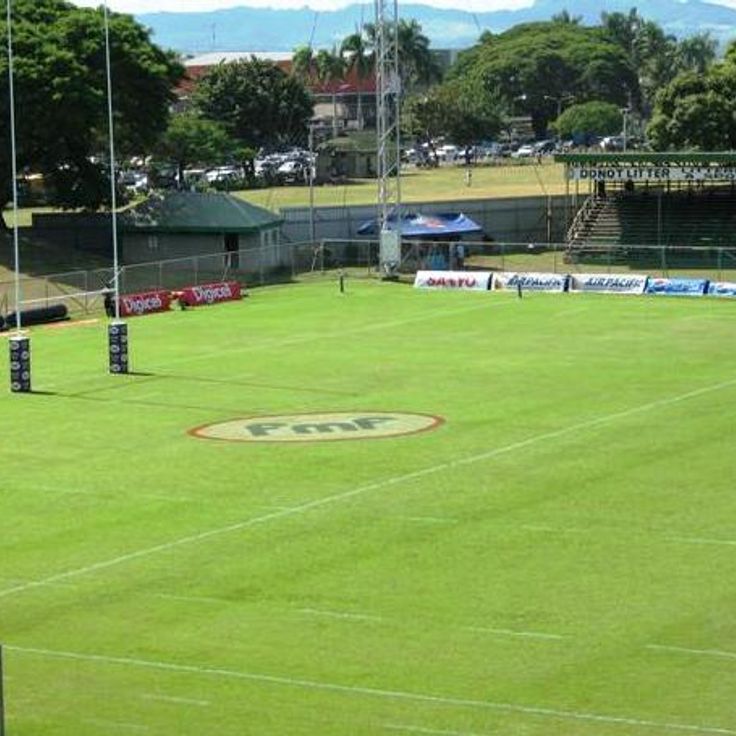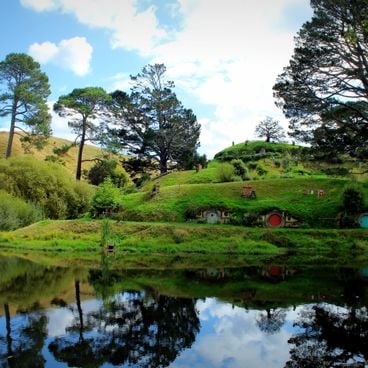The Fiji Islands feature natural hot springs, white sandy beaches, national parks with rainforests and waterfalls. The territory also includes historical temples, limestone caves, traditional villages, and local markets. Natural sites include sand dunes, coral islands, and mountains, while cultural heritage can be explored in museums and cultural centers. The sea offers coral reefs and diving spots.
The villagers on Dravuni Island welcome visitors to their home, which features a white sand beach and a summit offering views across the ocean. This island is among the smaller inhabited isles in the Kadavu Group and sits within a coral reef. The beach extends along the coastline and provides access to turquoise waters. From the highest point on the island, surrounding waters and neighboring islands are visible.
The Kula Bird Park in Fiji is a conservation center that houses rare bird species from the South Pacific region. Visitors can observe the Fiji Shrikebill, a species native to the Fiji Islands, along with various dove species. The facility contributes to the preservation of endangered bird populations and provides insights into the region's wildlife. The center is set within tropical vegetation and allows visitors to learn about the birdlife of Fiji and the South Pacific.
These natural hot springs in Sabeto feature four volcanic mud pools at 95 degrees Fahrenheit (35 degrees Celsius) that have been used for their therapeutic properties for generations. The pools allow visitors to soak in the warm thermal water and apply the mineral-rich volcanic mud to their skin. The facility sits in a tropical setting near Nadi and combines geothermal activity with traditional healing practices. After the mud bath, visitors can rinse off under freshwater showers. The facility is part of the Sabeto region's geothermal system, where underground volcanic activity naturally heats the water.
The Biausevu Waterfalls drop 65 feet (20 meters) through the rainforest and are reached after a walk through dense vegetation. The access path passes through typical tropical flora of the region. The water forms a natural pool at the base of the falls. The surroundings offer insights into the tropical ecosystems of Fiji with native plant species and birdlife. The trail to the waterfall runs through traditional tribal territory and allows encounters with local communities.
This market offers fresh produce directly from local farmers who sell fruits, vegetables, spices, and fish. The venue serves as a supply center for residents and allows visitors to discover regional products while learning about local trading traditions. The atmosphere reflects the daily life of the city.
This three-mile (5 km) white sand beach offers clear turquoise water for swimming and surfing year-round. Plage de Natadola sits on the southwest coast of Viti Levu and features fine sand and sheltered coves. The offshore reef creates good conditions for surfers of various skill levels, while calmer sections are suitable for swimming. Palm trees line the beach and provide natural shade.
This modern port includes shops, restaurants, and maritime terminals. Port Denarau serves as the departure point for excursions to the Mamanuca and Yasawa Islands. Visitors find shopping options, dining facilities, and connections to the surrounding coral islands. The port provides access to the white sand beaches and dive sites of the region.
This Hindu temple in Nadi is regarded as the largest place of worship for Hindus in the southern hemisphere. Built in 1976 according to the principles of South Indian Dravidian architecture, the Sri Siva Subramaniya Temple features a three-tiered gopuram entirely adorned with carved and painted deities. Inside, the walls and ceilings display narrative frescoes based on Hindu sacred texts, rendered in red, blue, and gold tones. The site welcomes devotees and visitors interested in learning about Indian religious customs established in Fiji for over a century.
These sand dunes stretch for several miles along the southern coast of Viti Levu and form one of the most significant archaeological and geological sites in the Fiji Islands. The Sigatoka Dunes reach heights of up to 197 feet (60 meters) and display distinct layering that provides evidence of climatic changes spanning thousands of years. The area serves as an important archaeological site with traces of early Fijian settlement dating back over 2600 years. Walking trails lead through the dune landscape and provide access to viewpoints overlooking the coast and river valley.
Colo-I-Suva Forest Park covers one square mile of rainforest with hiking trails and natural pools fed by waterfalls. This park provides access to several walking routes through dense tropical forest, where visitors can observe native flora and fauna. The natural pools in the park invite swimming, while the waterfalls provide a refreshing backdrop for nature exploration.
This coral island lies in the South Pacific and forms a circular atoll covering 494 acres (200 hectares), surrounded by a coral reef. The island features white sand beaches and provides access to shallow waters suitable for snorkeling. The reef supports tropical fish and other marine life. The island is uninhabited and serves as a destination for day trips where visitors can explore the coral formations and relax on the beaches. Vegetation consists of palm trees and other tropical plants.
The three successive waterfalls in Bouma National Park form a 79 foot (24 meter) cascade surrounded by tropical rainforest and volcanic rock. The Tavoro Falls are located on Taveuni and represent one of Fiji's notable natural attractions, where visitors can explore the park's forests and waterfalls.
This museum in Suva documents the history of the Fiji Islands through archaeological finds and ethnographic objects. The collections include traditional weapons, tools, ceramics, and textiles from various periods of Fijian culture. The museum also presents maritime artifacts that reflect the islands' nautical traditions, along with exhibits on colonial history. The exhibitions provide an overview of social development and the material cultures of the archipelago's inhabitants since prehistoric times.
This extinct volcano rises 4,344 feet (1,324 meters) above sea level and is the highest point in the Fiji archipelago. Tropical rainforest covers its slopes and provides habitat for endemic bird species that nest in the dense forests.
This nature reserve spans 5,930 acres (2,400 hectares) at the base of Mount Koroyanitu and features rainforests, hiking trails, and traditional villages. The reserve allows exploration of tropical vegetation and encounters with local communities that maintain their cultural traditions. Trails wind through dense forests to viewpoints overlooking the surrounding landscapes of Viti Levu.
This 100-foot (30-meter) waterfall in the traditional village of Vuadomo is accessible via a trail through the rainforest. Cascade Vuadomo integrates into the tropical natural surroundings and provides visitors access to a portion of Fijian nature. The path leads through dense tree cover and offers views of local flora. The village of Vuadomo maintains traditional ways of life and serves as a starting point for visiting the falls. The water collects in a natural pool at the base.
This 1 square mile (1 square kilometer) island in the Mamanuca archipelago is home to iguanas and seabirds in their natural habitat. Monuriki Island is surrounded by a marine ecosystem where numerous tropical fish species live. The area provides opportunities to observe the native wildlife and coral reefs typical of Fijian waters.
These limestone caves on the Yasawa Islands consist of several natural cavities with clear water pools. Visitors can swim in the caves and observe mineral formations on the walls and ceilings. The caves are illuminated through openings that allow natural light to enter. Access to upper chambers requires swimming or diving through connecting passages. The site combines geological features with the opportunity to explore underground spaces within the natural environment of Fiji's islands.
This village maintains its traditional Fijian architecture with bure houses built from bamboo and leaves using methods passed down through generations. The rural settlement sits in the mountains of Ba and demonstrates Fijian cultural life and construction techniques. The houses follow a consistent style with thatched roofs and natural materials. Navala provides insight into Fijian ways of living and building traditions. Residents preserve their cultural practices and welcome visitors according to Fijian customs.
The Naihehe Caves near Sigatoka form a natural cave system in the mountains along the Sigatoka River, once used as a fortification by early Fijian inhabitants. These limestone caves served as shelter and defensive positions, showing archaeological traces of traditional use. Visitors can explore the narrow passages and chambers that provide insight into the historical way of life and defense strategies of the region. The caves are located in a mountainous landscape with tropical vegetation and are accessible through guided tours.
The Upper Navua flows through a deep gorge between cliff walls in the rainforest of Viti Levu. This river offers class II to IV whitewater rafting sections through tropical vegetation with steep banks and varying rapids. The gorge extends for several miles through remote forested areas.
The Koro Sea lies between the main islands of the Fijian archipelago and contains extensive coral reefs supporting a rich underwater fauna. Water temperatures range from 77°F to 86°F (25°C to 30°C) throughout the year. The coral formations provide habitat for several hundred species of tropical fish, sea turtles, rays, and reef sharks. Water depth varies from shallow lagoons to several hundred feet in the channels between islands. Dive sites allow observation of marine biodiversity, including soft corals and hard corals. The sea separates the northern islands from the southern regions of the archipelago.
This white sand beach stretches along the Fijian coast and is lined with palm trees. The location provides views of the sun setting over the Pacific Ocean. The beach offers access to the water for swimming and activities along the shore. Visitors can walk along the coastline or rest in the shade of the palms. Sunset Beach forms part of the natural coastal environment of the Fiji Islands, which are known for their tropical beaches and warm climate throughout the year.
This cultural center in Pacific Harbour presents Fijian traditions through daily dance performances, craft demonstrations, and kava ceremonies. Visitors can observe weavers, carvers, and potters at work, and participate in workshops. The Arts Village offers insights into the material culture of Fiji, from traditional clothing to tools. The facility includes reconstructed village structures representing different regions of the archipelago. Cultural presentations take place in a covered amphitheater, while the adjacent market offers local handicrafts.
Savusavu serves as the administrative center on the south coast of Vanua Levu, featuring a commercial port and a marina for sailors. The town sits surrounded by copra plantations and provides access to natural hot springs in the area. The harbor connects the region with other parts of the Fiji archipelago and facilitates trade in agricultural products. The coastal location makes Savusavu a starting point for exploring the surrounding waters and the nation's second main island.
This 52-acre (21-hectare) island sits in the waters of Fiji and features white sand beaches along its coastline. Coral reefs extend around the island, providing habitat for various marine species. Tropical vegetation covers much of the area, while paths lead through botanical gardens where regional plant species grow. The island provides access to snorkeling and diving sites in the surrounding coral formations, connecting natural coastal landscapes with cultivated plant life.
Nukulau sits 25 minutes by boat from Suva and provides access to beaches and dive sites. A regular ferry service connects this island to the capital. The waters around Nukulau are suitable for snorkeling and exploring coral reefs that form part of Fiji's marine biodiversity.
Tavuni Hill Fort is an archaeological site of a fortified village from the 18th century, built on a 330-foot (100-meter) hill. The remains include foundations and defensive ditches that provide insight into the military architecture of that era. This historic site represents one of the important cultural testimonies in the Fiji Islands and documents traditional settlement patterns of the region.
Churchill Park is the main stadium of Lautoka with a capacity of 18,000 seats. This sports venue serves as a host for rugby and football matches and plays an important role in Fijian sports. The stadium was named after Winston Churchill and provides a central location for major sporting events in Fiji's second-largest city.

